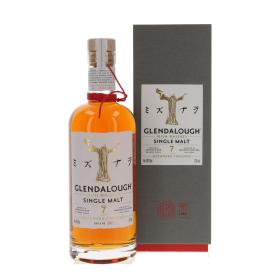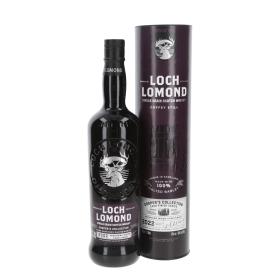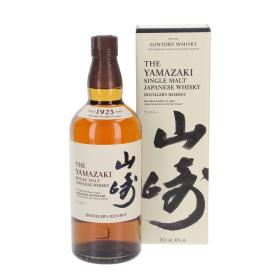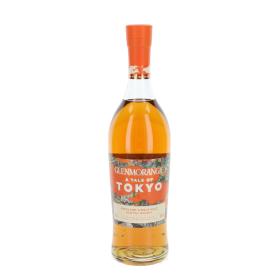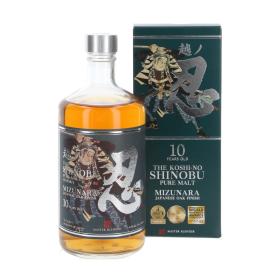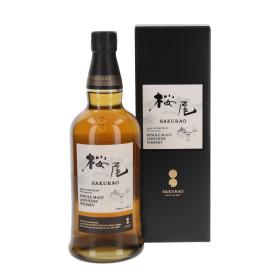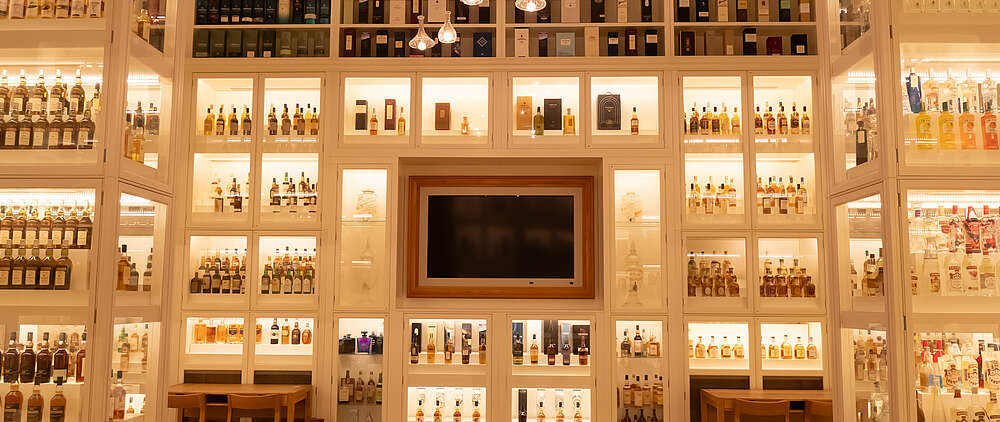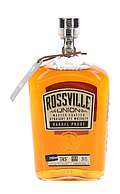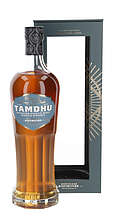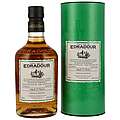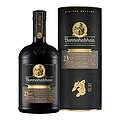Whisky in Mizunara casks
Origin
It is a species of oak, Quercus crispula to be precise, which is commonly called Mizunara by the Japanese. The name means water oak. It has not been used as a barrel wood for storing whisky for very long. The wood is characterised by two important properties. It has a very high water content and therefore requires a much longer drying phase than other types of oak. In addition, this type of oak grows very slowly. It takes at least 200 years before the tree is felled. During the growth phase, it also grows very dynamically - much to the chagrin of the sawmills - and has many bends.
Special feature
The use of Mizunara oak was born out of necessity. Due to import restrictions after the Second World War, there was a shortage of casks for maturing whisky. Local wood therefore had to be used. Today, whisky matured in Mizunara wood is something special!
The interesting thing about whisky ageing is that Mizunara wood contains little tannin, which means that the vanilla notes are more readily absorbed into the whisky flavour.
More and more distilleries are therefore endeavouring to obtain the rare mizunara casks. A cask costs around 5,000 euros and is built in a size of 250 litres.
Production
All in all, Mizunara is not really suitable as barrel wood!
The Japanese cooperage tradition and thus the production of barrels is not very old. Just 100 years! In Europe, on the other hand, wooden barrels have been produced by a coopers' guild for over 2,000 years. It takes a long drying phase for the wood to reach the residual moisture content of 14% required for barrel production. Cutting the staves into barrels is very difficult, as the porous wood has to be cut along the grain. When whisky is finally stored in the barrel, you have to reckon with a material-related loss of liquid of around 4% in addition to the Angels' Share. All this makes whisky from a Mizunara cask expensive!
Effect on the flavour
Due to the low tannin content, the aged whisky rarely tastes too woody. A vanilla flavour is always in the foreground. The wood is initially very intense and finer flavours only develop over the years. The high vanilla and lactone content gives the whisky a unique sweet but also spicy flavour. Lactones are responsible for fruity-sweet flavours.
Effect on the colour
The whisky will tend to have a darker colour, as the desired aromas are only achieved after a longer maturation period.
Whisky examples
While initially only Japanese whiskies were stored in Mizunara casks, the casks are now also very popular in other countries - especially in Scotland.

